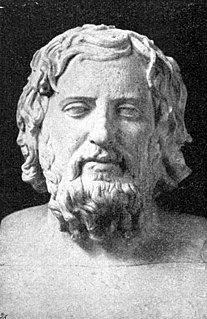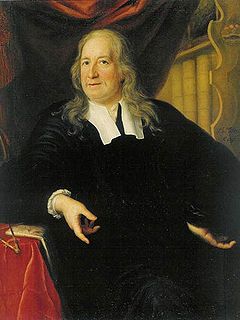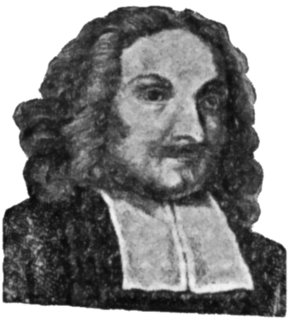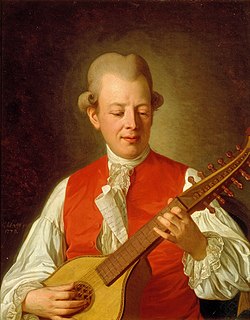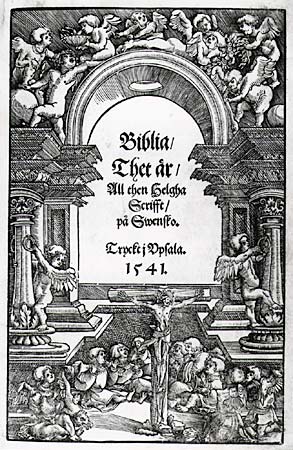
The German Protestant Reformation had spread to Sweden by 1520, and resulted in the Swedish Reformation in 1527. The advent of the printing press facilitated a full translation of the Bible into Swedish in 1541. From a philological view, a new period in the development of the Swedish language called Modern Swedish was initiated with the Bible translation. It also gave power to the vernacular language.

A printing press is a mechanical device for applying pressure to an inked surface resting upon a print medium, thereby transferring the ink. It marked a dramatic improvement on earlier printing methods in which the cloth, paper or other medium was brushed or rubbed repeatedly to achieve the transfer of ink, and accelerated the process. Typically used for texts, the invention and global spread of the printing press was one of the most influential events in the second millennium.

The Bible is a collection of sacred texts or scriptures. Varying parts of the Bible are considered to be a product of divine inspiration and a record of the relationship between God and humans by Christians, Jews, Samaritans, and Rastafarians.
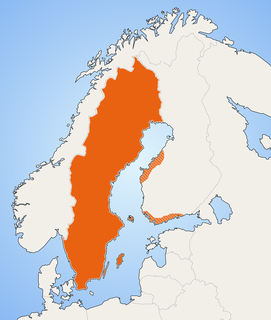
Swedish is a North Germanic language spoken natively by 10 million people, predominantly in Sweden, and in parts of Finland, where it has equal legal standing with Finnish. It is largely mutually intelligible with Norwegian and to some extent with Danish, although the degree of mutual intelligibility is largely dependent on the dialect and accent of the speaker. Written Norwegian and Danish are usually more easily understood by Swedish speakers than the spoken languages, due to the differences in tone, accent and intonation. Swedish is a descendant of Old Norse, the common language of the Germanic peoples living in Scandinavia during the Viking Era. It has the most speakers of the North Germanic languages. While being strongly related to its southern neighbour language German in vocabulary, the word order, grammatic system and pronunciation are vastly different.
Contents
From a literary point of view, the period between 1400 and 1600 produced little of note, especially during the 1520–1600. [1] [2] Yet, paradoxically, the Bible translation published 1541 is possibly the most significant Swedish book of all times. First and foremost, it had a great religious impact, but apart from that it also introduced the common man to a language beyond the common-day. [3] [4] The Bible was used in churches for around 400 years until the Bible translation of 1917, and meanwhile translations (in 1618 and 1712) were merely revisions and corrections. [5]






